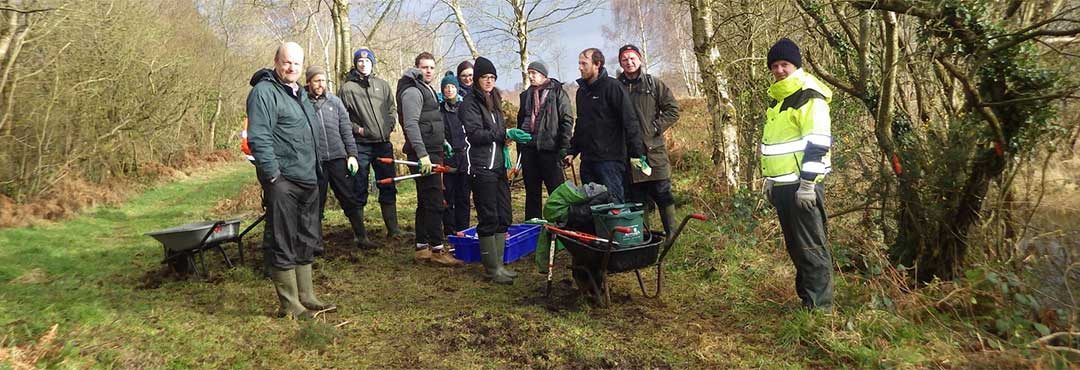Latin name: Passer montanus
Family: Passeridae
Description of the Tree Sparrow
The tree sparrow is a small buff, brown bird and very similar to the house sparrow. The male and female of this species are almost identical.
Tree sparrows are quieter than house sparrows, but also very sociable. In comparison to the house sparrow tree sparrows are thinner and smaller. They have a brown crown and white cheeks with a black spot.
The European population is estimated to be about 26 million breeding pairs; with 5000 pairs counted in Northern Ireland.
Size
Up to 13 or 14cm, and weighing about 20 to 24g.
Historical Info
Between 1970 and 1999 the population decline in the whole UK was about 95%. In 1950 it was recognized that the species could be heading for extinction, and work was undertaken restore numbers.
The Tree Sparrow’s Habitat
Usually found near mixed farmlands, waterbodies and waterways. The mixed farmlands are very important for providing several kinds of seeds and grains. In Northern Ireland important sites for tree sparrows are Lough Neagh, Lough Beg and Portmore Lough.
They like to nest in holes, ruins, buildings or sand martin’s burrows. The material for the nest consists of grasses and other similar vegetation. The breeding season is between April and August and two or three broods are possible per year. During each brood 2 up to 7 eggs are laid.
Diet
The main parts of the diet are seeds and cereals such as barely and wheat. Weed seeds also play an important role, as do fruits and buds. For the chicks insects are important from to provide minerals for their development of their bones and beaks.
Threats to the Tree Sparrow
- A lack of mixed farmlands and an increase in monoculture causing a lack of grains and seeds over the winter period.
- As farming becomes increasingly efficient, most of the seeds and grains are harvested meaning there is less wastage available for birds.
- Drying out of wet habitats as well as the removal of hedgerows creates lack of shelter and habitat.
- The loss of old buildings and old trees reduces the availability of holes where tree sparrows can nest. Nesting boxes can help them to survive.
- House cats, sparrow hawks and tawny owls are the main predators of these little birds.

